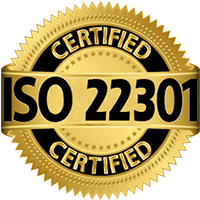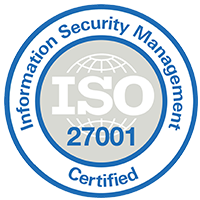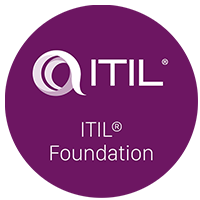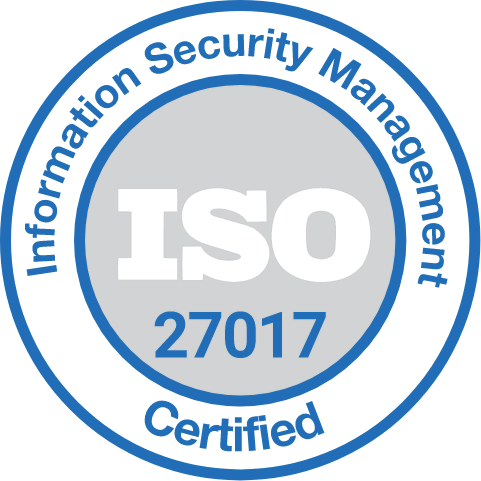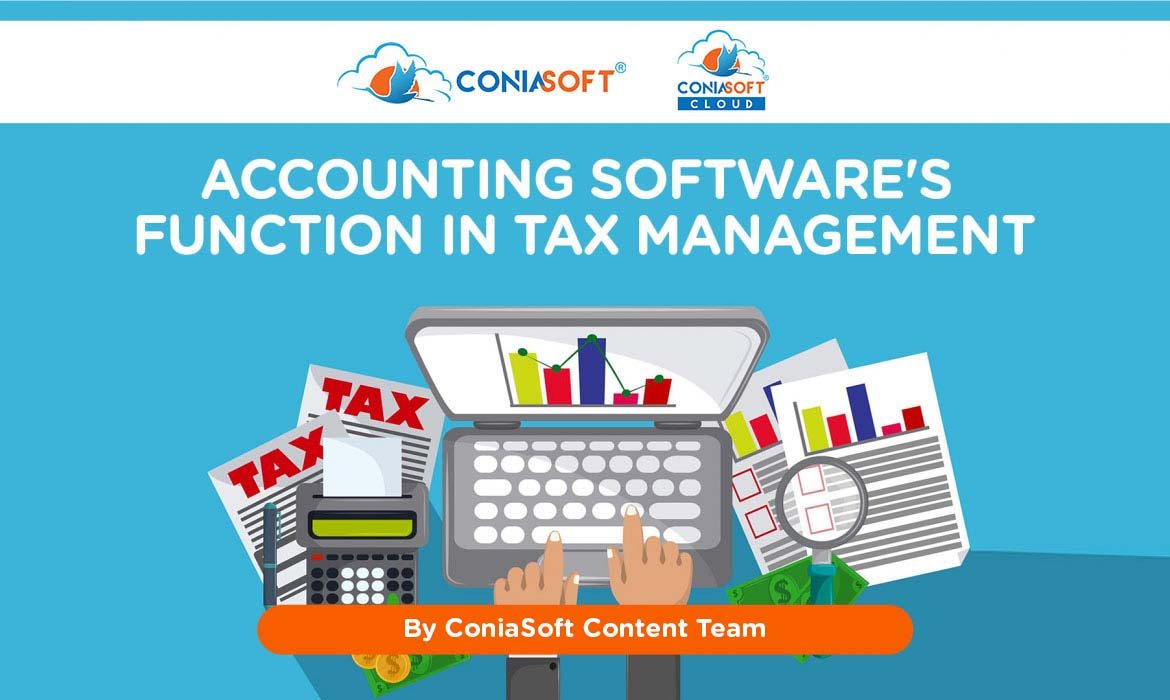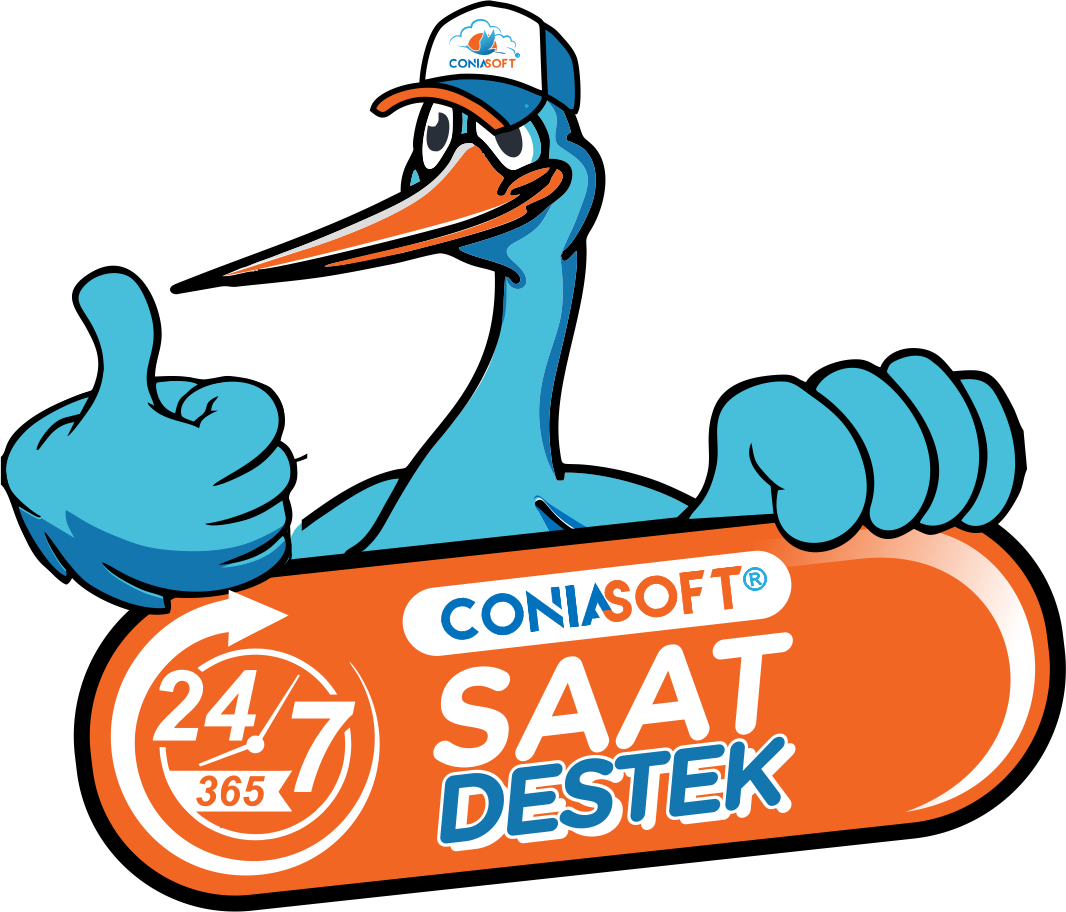Only 20% of the data collected and entered by the typical tax department is used. Companies increasingly turn to tax and accounting firms for assistance as the difficulties associated with corporate tax compliance grow. For businesses, the input—or the streamlining of data collection—can be a game-changer. When our minds should focus on the intake, collecting, and aggregation process of all information and data needed throughout tax and accounting workflows, we frequently focus on output, such as accuracy in tax returns or reports filed with taxing authorities.
In the typical tax department, data collection and entry take up about 80% of the time, while actual data use takes up about 20%. This is a waste of time and increases the possibility of mistakes and misunderstandings. Because they are gathering this information from so many different sources and doing so in so many different ways at so many other times, there is an ever-increasing risk of error, misinterpretation, and miscommunication. All of this adds unnecessary pressure to an already stressful situation, which is the shortened busy season that these busy professionals must complete this mounting mountain of work. Given the demands and pressures businesses face from internal and external stakeholders, it is understandable that much attention is placed on the output. However, it is crucial to remember that accuracy comes from streamlining and automating the data collection and preparation.
Direct tax software can considerably improve tax reporting by giving businesses a single platform that fosters automation and boosts efficiencies. Tax experts must deliver quick outcomes in a challenging regulatory environment. On a single platform, a product streamlines the computation and reporting of earnings, profits, and deemed-paid credits for federal, state, and foreign taxes and federal, state, and international foreign tax credits. This eliminates the need for specialised software or labour-intensive manual alternatives. Automated data intake and automation capabilities are essential for accurate tax reporting that saves time and minimizes errors. To help professionals perform effective tax research and satisfy customer expectations, some products provide a configurable tax law database suited to individual firms’ needs.
Both organisations and individuals find that managing taxes is complex and time-consuming. Maintaining precise financial records, determining liabilities, and guaranteeing compliance becomes more difficult as tax regulations become increasingly complex. Accounting software provides a practical way to simplify tax administration and assist individuals in maintaining regulatory compliance. To simplify the tax filing process for taxpayers, this blog examines the purpose of accounting software in managing taxes and its numerous features and functionalities.
- Accounting software is essential for streamlining tax administration for both organisations and individuals. Accounting software lowers the risk of human mistakes. It ensures that financial records are accurate and up-to-date by automating data entry and record-keeping, delivering precise tax computations, and assuring compliance with tax legislation. Additionally, it makes it simple for taxpayers to calculate their tax obligations and spot possible tax savings opportunities.
- Both organizations and individuals must comply with tax laws, and accounting software frequently includes features that make it easier for taxpayers to follow the most recent guidelines. Regular software updates guarantee that financial data is handled per the most recent tax rules, lowering the chance of incurring penalties and fines.
- Another advantage of accounting software is its integration with platforms for tax filing. Users can save time, minimise errors, and guarantee accurate tax returns by importing financial data from the software to the tax filing platform. Additionally, this integration increases the effectiveness and efficiency of tax filing.
- Accounting software encrypts financial data and offers safe storage options, providing improved security and data protection. By using accounting software, taxpayers can maximise tax savings, reduce errors, and save time while remaining compliant with ever-evolving tax rules.
Businesses can establish a custom automation and information visualisation system by customising their workflow management system with direct tax software. This features task prioritisation, tracking of regulatory changes, user rules and permissions, and customisable templates for schedules and tax work papers. The workflow management platform makes greater automation of the entire process possible, which also lowers risk thanks to transparent procedures and a complete audit trail. Businesses can streamline operations and improve overall efficiency by employing effective workflow management.
Direct tax duties provide substantial hurdles for businesses, but companies can assist clients in ensuring compliance with the right tools and resources.

